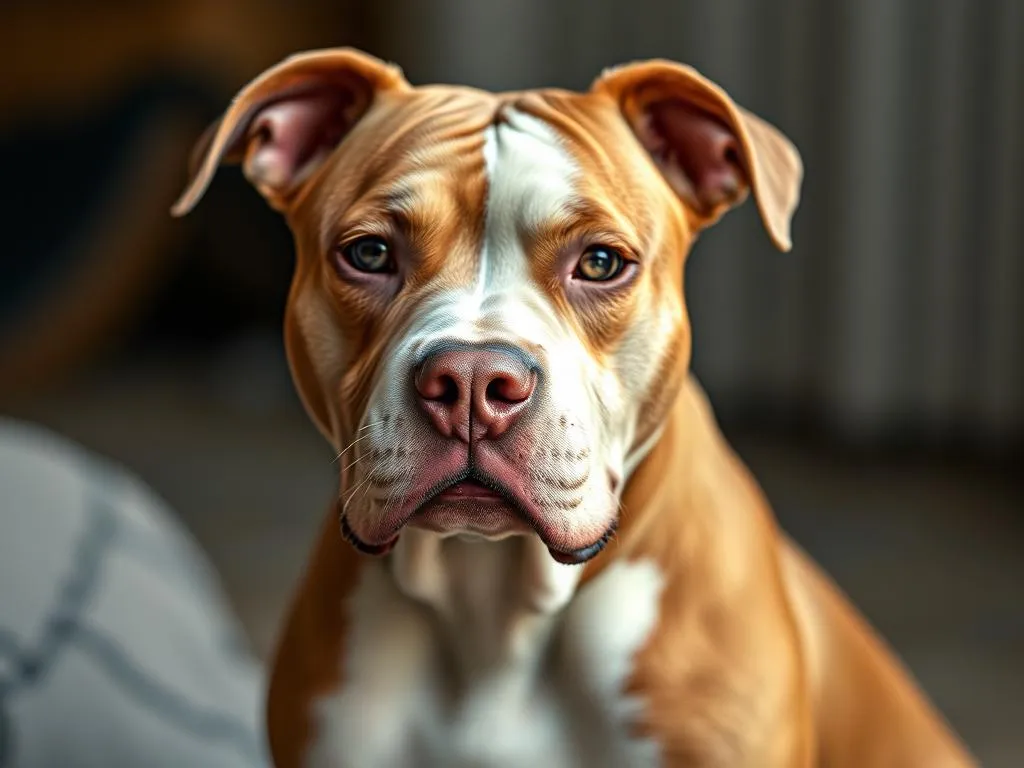
Introduction
When it comes to the age-old rivalry between dogs and cats, statistics reveal that nearly 50% of households in the United States have both animals living under one roof. This surprising figure suggests that interspecies cohabitation is not only possible but can be harmonious. However, many pet owners are left wondering, will a pitbull be good with a cat? Understanding the dynamics between different dog breeds and cats is crucial, especially when considering adding a new furry friend to your family.
Dog breeds exhibit distinct characteristics that can influence their behavior toward other animals. In this discussion, we will explore the pitbull breed in-depth, addressing their temperament, training needs, and compatibility with cats. By the end, you’ll have a comprehensive understanding of how to approach the introduction of a pitbull and a cat, along with insights into alternative dog breeds that may be better suited for homes with felines.
Understanding Dog Breeds
Definition of Dog Breeds
A dog breed is a specific group of domestic dogs with distinct characteristics that are genetically inherited. These traits may include size, appearance, behavior, and temperament. Understanding these characteristics is essential for potential pet owners, as breed-specific tendencies can significantly impact how a dog interacts with other animals, including cats.
Overview of Popular Dog Breeds
Beyond pitbulls, various dog breeds exhibit different temperaments that can affect their compatibility with cats:
- Golden Retrievers: Known for their friendly and gentle nature, these dogs often get along well with cats.
- Beagles: While curious and energetic, beagles can be social and friendly with other pets.
- Cavalier King Charles Spaniels: These affectionate dogs typically bond well with cats, enjoying their company.
Understanding these behaviors can help pet owners determine which breed might fit best in a multi-pet household.
The Pitbull Breed Profile
History and Origin of Pitbulls
Pitbulls are a group of dog breeds that include the American Pit Bull Terrier, American Staffordshire Terrier, and Staffordshire Bull Terrier. Originally bred for bull-baiting and later as farm dogs, their history is intertwined with strength and loyalty. Unfortunately, common misconceptions about pitbulls often paint them as aggressive or dangerous, overshadowing their potential as loving companions.
Temperament and Behavior
Pitbulls are known for their loyalty, intelligence, and playful nature. These dogs are often affectionate towards their families and can be very social, making them excellent companions. Their temperament can vary significantly depending on individual personality, upbringing, and training. While some pitbulls can exhibit strong prey drives, many are capable of cohabiting with cats if socialized correctly.
Training and Socialization Needs
Effective training and early socialization are necessary for pitbulls to thrive in multi-pet environments. Training should focus on basic commands, impulse control, and exposure to various environments and animals. A well-socialized pitbull is generally more adaptable and better suited to coexist with a cat or other pets.
Compatibility of Pitbulls with Cats
Factors Influencing Compatibility
The compatibility of a pitbull with a cat is not solely determined by breed characteristics. Several factors play a role:
- Individual Temperament: Each dog has a unique personality. Some pitbulls may have a calm demeanor, while others may be more energetic or assertive.
- Early Exposure: A pitbull that has been socialized with cats from a young age is more likely to develop a friendly relationship.
- Age and Behavior of the Cat: A calm, confident cat may be more likely to coexist peacefully with a pitbull than a nervous or aggressive one.
Success Stories
Many pitbulls have successfully integrated into homes with cats. For instance, owners often share stories of their pitbulls playing gently with their feline friends, curling up together for naps, or even forming a protective bond. Such anecdotes highlight the importance of understanding pet personalities rather than relying solely on breed stereotypes.
Challenges to Consider
While many pitbulls can peacefully coexist with cats, challenges may arise:
- Chasing Instincts: Pitbulls, like many dogs, may have a natural instinct to chase smaller animals.
- Signs of Aggression: It’s essential to monitor both animals for signs of stress or aggression.
- Supervision: Initial interactions should always be supervised to ensure safety for both pets.
Tips for Introducing a Pitbull to a Cat
Preparing for the Introduction
Before introducing a pitbull to a cat, preparation is key. Consider the following steps:
- Create a Safe Environment: Designate separate spaces for each pet, allowing them to feel secure and comfortable.
- Provide Individual Spaces: Ensure both pets have their own safe areas where they can retreat if they feel overwhelmed.
Step-by-Step Introduction Process
Introducing a pitbull to a cat should be gradual. Follow these steps:
- Set Up a Barrier: Use baby gates or crates to create a physical barrier initially. This allows the cat to see the pitbull without direct contact.
- Scent Exchange: Swap bedding or toys between the two animals to allow them to become familiar with each other’s scent.
- Controlled Meetings: After a few days, allow them to meet while on leashes. Keep the pitbull calm and reward positive behavior.
Monitoring Interactions
During the introduction process, it’s crucial to monitor interactions closely. Look for signs of positive engagement, such as:
- Curiosity: The cat approaches the pitbull without fear.
- Calm Behavior: The pitbull remains relaxed and non-aggressive.
Conversely, watch for signs of trouble, including:
- Hissing or Growling: Indicates the cat is uncomfortable.
- Barking or Lunging: Suggests the pitbull is overly excited or agitated.
If any signs of distress occur, separate the animals and try again later.
Alternatives to Consider
Other Dog Breeds Known for Cat Compatibility
If you’re still unsure about introducing a pitbull to a cat, consider these dog breeds that tend to be more compatible:
- Basset Hound: Their laid-back nature often makes them good companions for cats.
- Poodle: Known for their intelligence and adaptability, poodles can get along well with a variety of pets.
- Newfoundland: These gentle giants are known for their calm demeanor and patience with smaller animals.
Assessing Your Lifestyle and Home Environment
When deciding on a dog breed, consider your lifestyle and home environment. Factors to think about include:
- Space: Do you have enough room for both a dog and a cat?
- Time: Are you prepared to invest time in training and socializing your pets?
- Pet Personalities: Always consider the individual personalities of both your cat and potential dog.
Conclusion
In summary, will a pitbull be good with a cat? The answer largely depends on the individual temperament of the pitbull, the socialization efforts made, and the personality of the cat. With the right approach, many pitbulls can cohabitate peacefully with cats, breaking the stereotype that pits are inherently aggressive.
Ultimately, it’s crucial to focus on the unique personalities of each animal rather than relying solely on breed-specific traits. Understanding and patience can lead to a harmonious household where both dogs and cats thrive together.









